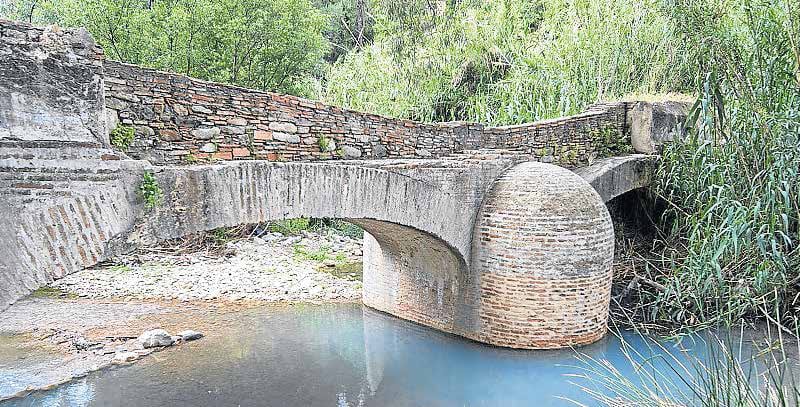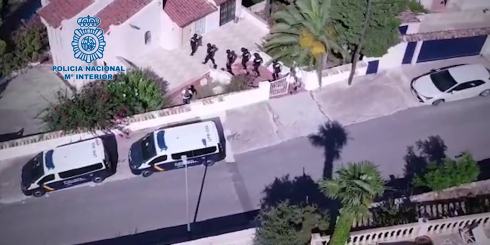
ROMAN roots run deep throughout the Iberian Peninsula but this westerly corner of the Costa del Sol really tickled Roman legion fancies for the climate, the fishing, the farming … and for its strategic position at the gateway to the Mediterranean … and home.
Stone Age man and many later invaders liked it too but it was the Roman Empire – to which it once belonged – that really put what we now call Manilva and San Luis de Sabinillas on the map.
What did the Romans do for us? They made the region rich, they brought work, they built roads just like in the Monty Python sketch. The area was as well-connected then as it is today. They left behind fascinating ruins and a working Roman health spa you can still check into. And it’s free.
First, a little history …
Baetica, the Roman name for Andalucia, became one of the most dynamic and economically developed regions in the far-flung Roman Empire, rich in resources and modern in outlook, even welcoming liberated slaves.
Before the legions arrived in the second century AD life was hard and simple, the land dotted with small and isolated agricultural settlements. However the development of a fish salting industry fuelled by increasing Roman presence on the Iberian Peninsula saw most of these segmented populations moving to the coast, settling in the town we now call San Luis de Sabinillas.
At that time, salt curing was the best method for preserving fish for export by sea to Rome and other parts of the Empire. Manilva became known as Saltum and came under the administration of Conventus Gaditanus – a vast region stretching from modern-day Cadiz province and along the the entire Costa del Sol to Almeria. Casares, under the Roman name of Lacipo, was a strategic gateway from the valley to the mountains of Cadiz and Malaga.
Manilva and Casares boasted road links as good as EU funding has provided today. They were connected by one of Baetica’s main thoroughfares to Carteia (currently San Roque where the Roman ruins of Carteia still partially survive), Corduva (now Cordoba) and the city of Baetica, together with Italica and Hispalis, both in the Sevilla region.

Some of that amazing infrastructure still survives. Roman remains can be found in Sabinillas, Haza del Casareño, Lagunetas, Manilva and Castillo de la Duquesa which showcases the remnants of a Roman Baths, town, curing factory and even a necropolis.
Protected as an Asset of Cultural Interest, the ruins can be visited today and undoubtedly the most popular ‘asset’ is La Hedionda, the Roman baths built around a natural mineral spring where Julius Caesar himself is said to have cured a skin complaint. Still in working order today, the name means Stinky in Spanish and comes from the sulphurous waters which smell like rotten eggs.
The good times ended when Baetica was invaded by Visigoths and the Roman’s Iberian empire fell around 5AD. People started to abandon the coastal settlements, returning inland in search of other ways to survive, perchance to dream of the glory that was once Rome.
READ ALSO:
- 15 lesser known ancient ruins that are a must-see in Andalucia and the Costa del Sol in Spain
- LET’S EXPLORE SPAIN: How Malaga’s colourful Axarquia region awakened from its slumber
- Check out our Andalucia travel section for more travel ideas








